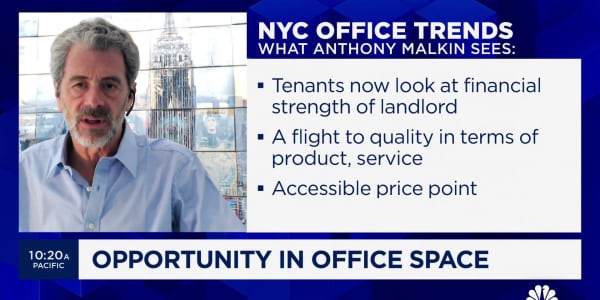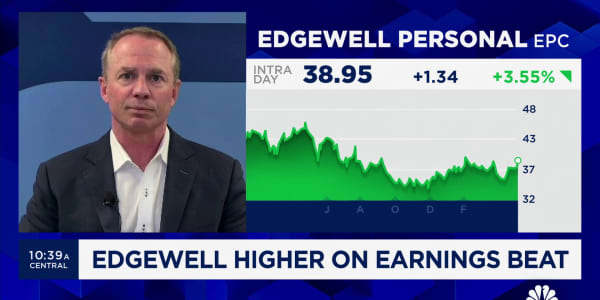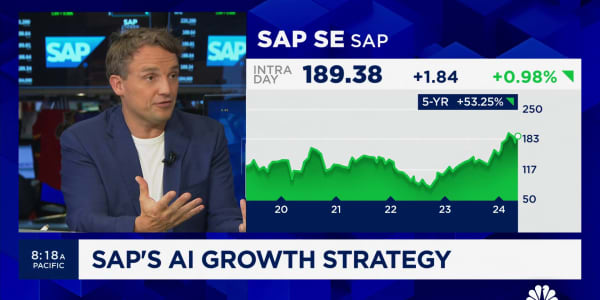Federal Reserve easing measures could continue unabated into 2014, according to one of the few Wall Street firms that got Wednesday's decision right.
While most analysts and economists got the call wrong on the Fed's decision to keep its bond purchases intact at $85 billion a month, Bank of America Merrill Lynch called it correctly all along.
The firm had been saying for months that economic improvements would not be sufficient to budge the Fed from its historically easy monetary policy, making a September taper unlikely and a December move more probable.
"We believe tightening is unlikely to happen until higher bond yields, bank stocks, housing activity and corporate 'animal spirits' all signal in unison that policy has traction," Michael Hartnett, BofAML's chief investment strategist, said in a note to clients.

(Read more: Druckenmiller: Fed robbing poor to pay rich)
The firm has been largely bullish on stocks, espousing the Great Rotation theory that money would begin cycling out of bonds this year and into equities.
That theory has been about half-right, with equities seeing inflows approaching $200 billion, though bonds have been around even.
Hartnett said stock market fund inflows this week are moving at a record pace, indicating that the "liquidity supernova continues" and that Fed Chairman Ben Bernanke is "bubbling his way out of trouble."
From an investor standpoint, the BofAML team thinks yields probably have peaked for the year, after the benchmark 10-year Treasury note very briefly eclipsed 3 percent.
(Read more: The most important part of Fed's taper decision)
A risk rally in emerging market equities also likely will continue, and U.S. stocks should continue higher as well, the firm said.
As for future Fed policy, a reduction in asset purchases—quantitative easing, or, more colloquially, money printing—at the December Open Markets Committee meeting seems the earliest point when tapering would occur.
"We still anticipate that a combination of better data later this year, easier financial conditions, and resolution of near-term fiscal uncertainties will allow the Fed to taper in December," Michael Hanson, the firm's U.S. economist, said in a separate note. "However, given the very dovish message on Wednesday, the risk of no tapering until 2014 has risen, in our view."
Elsewhere in the market, the firm is recommending Treasury Inflation Protected Securities breakevens, particularly the 10-year duration, and sees bullish moves for the short end of the rate curve and bearish signals for the U.S. dollar.
(Read more: No tapering? What does this mean for investors?)
The analyses reflected a change in the cautious tone among other Wall Street firms.
Standard & Poor's Capital IQ responded to Wednesday's developments by raising its 12-month target for the to 1,845 from 1,780.
And JPMorgan Chase amped up its bullish talk, with chief market strategist Thomas J. Lee asserting that the Fed had provided "insurance against risk into year-end."
There were some concerns, however.
(Read more: Relax. The marketsaren't running on QE anyway)
In addition to Hartnett's warning of a risk bubble, some market-watchers were peeved at the Fed's apparent lack of direction, after indicating all summer that tapering was a virtual fait accompli.
"The Fed's decision to maintain its asset purchases at $85 billion per month was, given that most commentators expected a modest reduction in the pace, unsurprisingly bond and equity positive," Paul Ashworth, chief U.S. economist at Capital Economics, said in a note. "We wonder, however, whether the longer lasting reaction will be increased volatility in markets, as the Fed's communications become even more confused."
_ By CNBC's Jeff Cox. Follow him @JeffCoxCNBCcom on Twitter.






